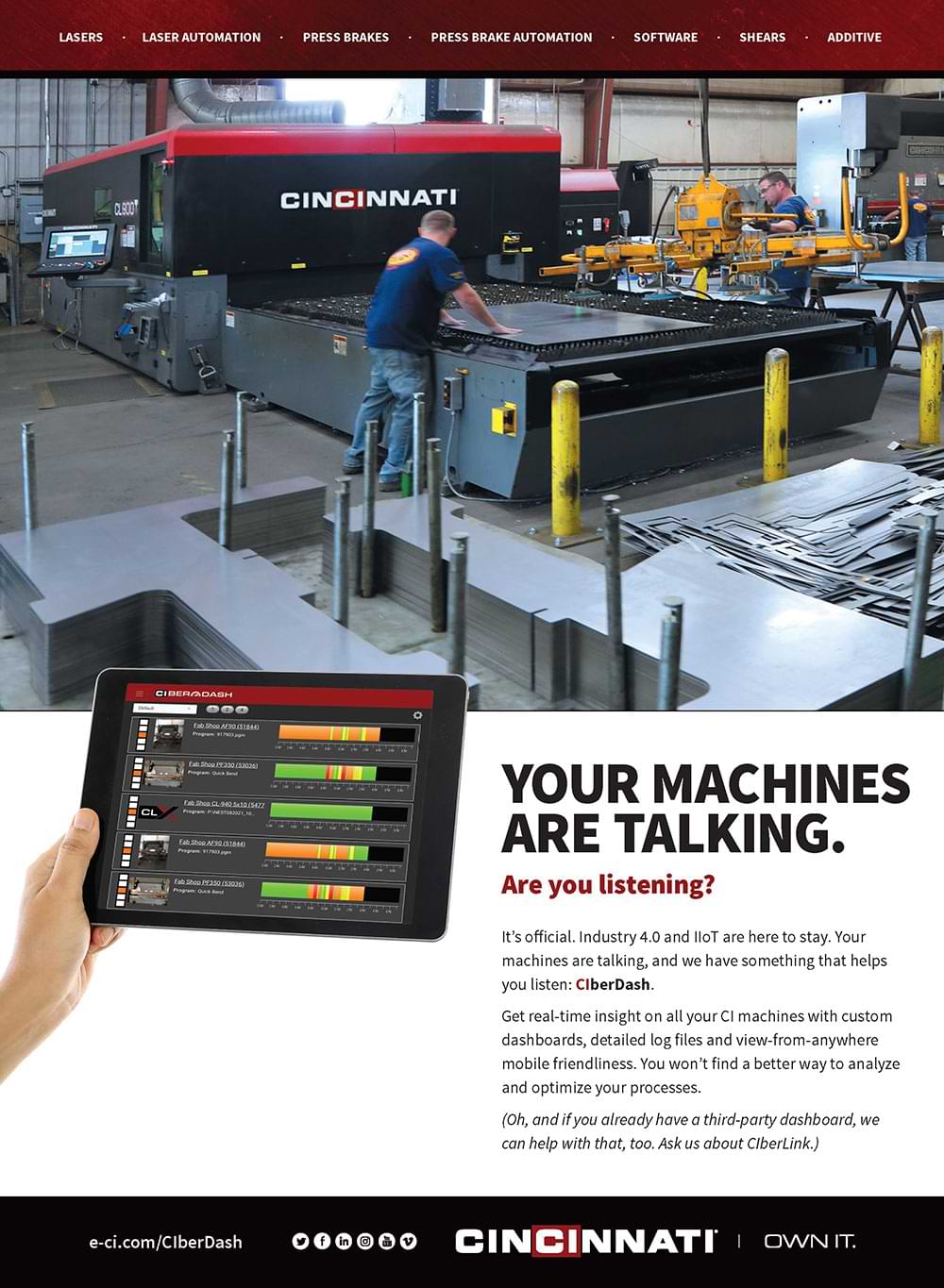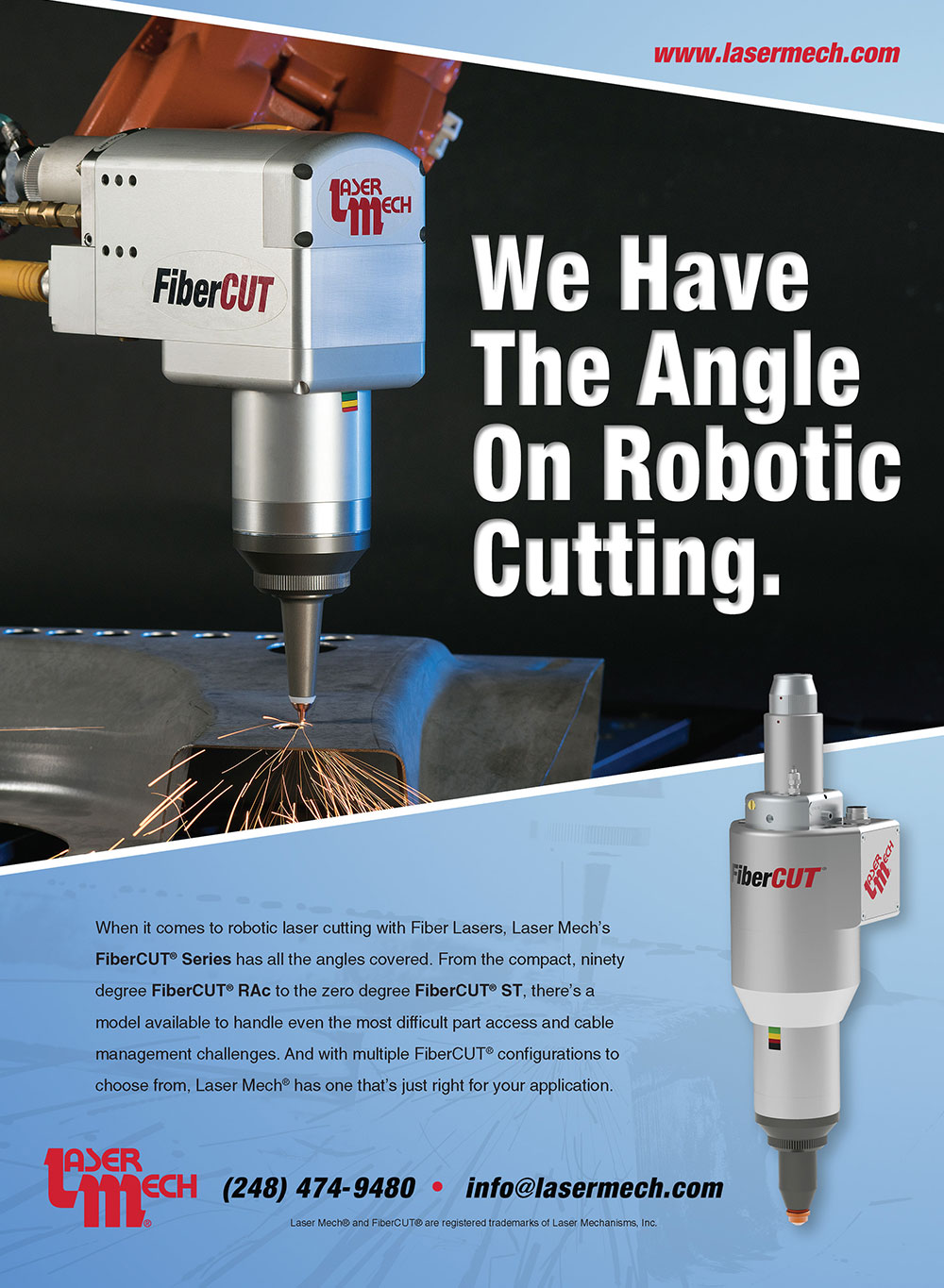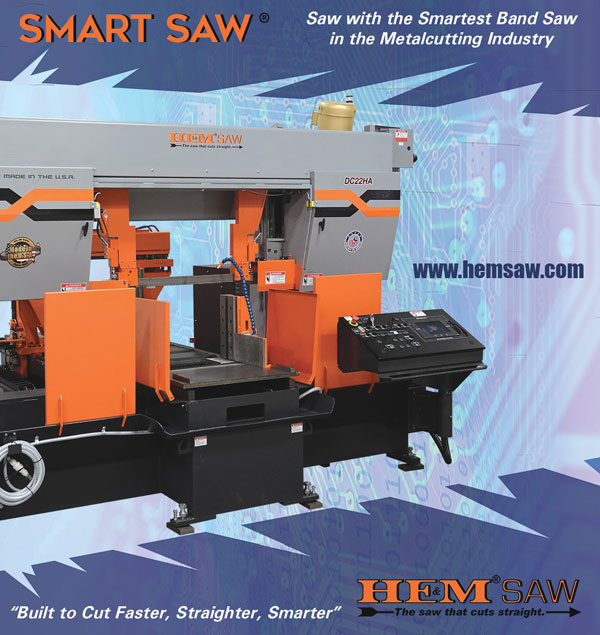
From the Editor
Being First
e’ve all heard the phrase, “an industry first.” It means to be the first in an industry to do something. History is rich with examples of pioneers who had the fortitude, curiosity and perseverance to explore new territory, test a theory or develop a product.
For example, Richard Trevithick invented the first high-pressure steam engine and the first operational steam locomotive at the turn of the century. Trevithick’s “Puffing Devil” became an icon of the industrial revolution. As a Buckeye, born and raised in Ohio, I would be remiss not to mention Wilbur and Orville Wright. The two got their start in the bicycle business but went on to achieve the first powered, sustained and controlled airplane flight in 1903. Two years later, they built and flew the first fully practical airplane.
Henry Ford’s vision to “build a better, cheaper motorcar for the great multitude,” helped to mold the Ford Motor Co. into what is today a multinational automotive and mobility enterprise valued at $50 billion. His innovations included the introduction of the Model T in 1908, the first moving assembly line for automobiles and the $5 work day. Those that knew him believed his most important talent was his ability to identify and attract outstanding people.
This month, FFJournal shares the story of a modern-day innovator who not only developed a technology first but also credits that accomplishment in part to its personnel. Much like Henry Ford’s core of able-bodied workers, these individuals come to work each day to perform a host of tasks—from fabrication and assembly to testing, installation, service and support—with the skills and dedication of craftsmen and the faith it takes to believe in a vision.
In 2020, 35-year-old Abbott Furnace Company stepped out of its comfort zone to work with The ExOne Co., a designer and builder of binder jet 3D printing technology and Ford. Abbott’s task was to develop a continuous belt furnace that could successfully sinter binder jet 3D printed aluminum 6061 and demonstrate its ability to provide repeatable, high-density parts for mass production. In 2021, ExOne announced that aluminum 6061 had achieved customer-qualified material status with Ford.
 The ability to light-weight parts with aluminum opens new doors.
The ability to light-weight parts with aluminum opens new doors. 
“The ability to light weight parts with aluminum opens the door to new applications, some of which haven’t been thought of yet,” adds Dan Reardon, Abbott’s director of technical sales. “None of us know where this technology will go. But if you are sitting there with blinders on, thinking this won’t happen, you’ll likely be left behind. We all have to become more efficient. It’s where manufacturing is headed.”
Near net shape parts, elimination of secondary operations, part-to-part consistency and the potential to gain control over inventory despite a disrupted supply chain are just a few advantages. And annual model changes that dictate part modifications no longer have to signal hefty retooling costs.
For fabricators looking ahead, the ability to partner with a company like Abbott on a new idea might just be the key to retaining a competitive edge in a brave new world. Like Henry Ford, Abbott is an innovator. But the company is also quick to recognize its greatest asset—the personnel that employ their talents to turn ideas into reality.




